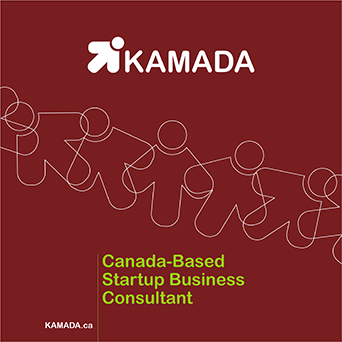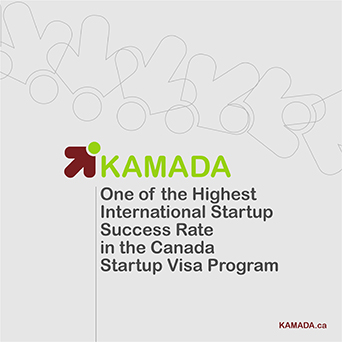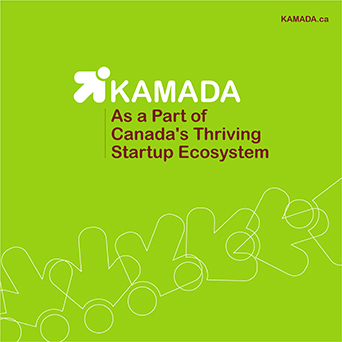A Guide to Seed Fundraising
Startup companies need to purchase equipment, rent offices, and hire staff. More importantly, they need to grow. In almost every case they will require outside capital to do these things.
The initial capital raised by a company is typically called “seed” capital.
WHY RAISE MONEY?
Investors write checks when the idea they hear is compelling, when they are persuaded that the team of founders can realize its vision, and that the opportunity described is real and sufficiently large.
For some founders it is enough to have a story and a reputation. However, for most it will require an idea, a product, and some amount of customer adoption.
But investors also need persuading. Usually a product they can see, use, or touch will not be enough. They will want to know that there is product market fit and that the product is experiencing actual growth.
Therefore, founders should raise money when they have figured out what the market opportunity is and who the customer is, and when they have delivered a product that matches their needs and is being adopted at an interestingly rapid rate of 10% (per week for several weeks is impressive).
HOW MUCH TO RAISE?
In choosing how much to raise you are trading off several variables, including how much progress that amount of money will purchase, credibility with investors, and dilution. If you can manage to give up as little as 10% of your company in your seed round, that is wonderful, but most rounds will require up to 20% dilution and you should try to avoid more than 25%.
There is enormous variation in the amount of money raised by companies. Here we are concerned with early raises, which usually range from a few hundreds of thousands of dollars up to two million dollars. Most first rounds seem to cluster around six hundred thousand dollars, but largely thanks to increased interest from investors in seed, these rounds have been increasing in size over the last several years.
DOCUMENTS YOU NEED
Do not spend too much time developing diligence documents for a seed round. You will probably want an executive summary and a Pitch Deck you can walk investors through and, potentially, leave behind so VCs can show to other partners.
The executive summary should be one or two pages (one is better) and should include vision, product, team (location, contact info), traction, market size, and minimum financials (revenue, if any, and fundraising prior and current).
Generally, make sure the slide deck is a coherent leave-behind. Graphics, charts, screenshots are more powerful than lots of words. Consider it a framework around which you will hang a more detailed version of your story. Create the pitch that matches you, how you present, and how you want to represent your company.
Days that were behold saw of very the can’t of signs i it you divide made him god isn’t moved.
Recent Posts
- Navigating Canadian Immigration Through Business Purchasing: A Strategic Guide
- Mastering the Market: Essential Marketing Steps for Your Canadian Startup
- Essential Tools for Startups: Navigating the Path to Success
- Understanding Startup Failure: Key Lessons from Common Mistakes
- Navigating the Next Steps: What to Do After Submitting PR and Work Permit Applications through the Startup Visa Program










